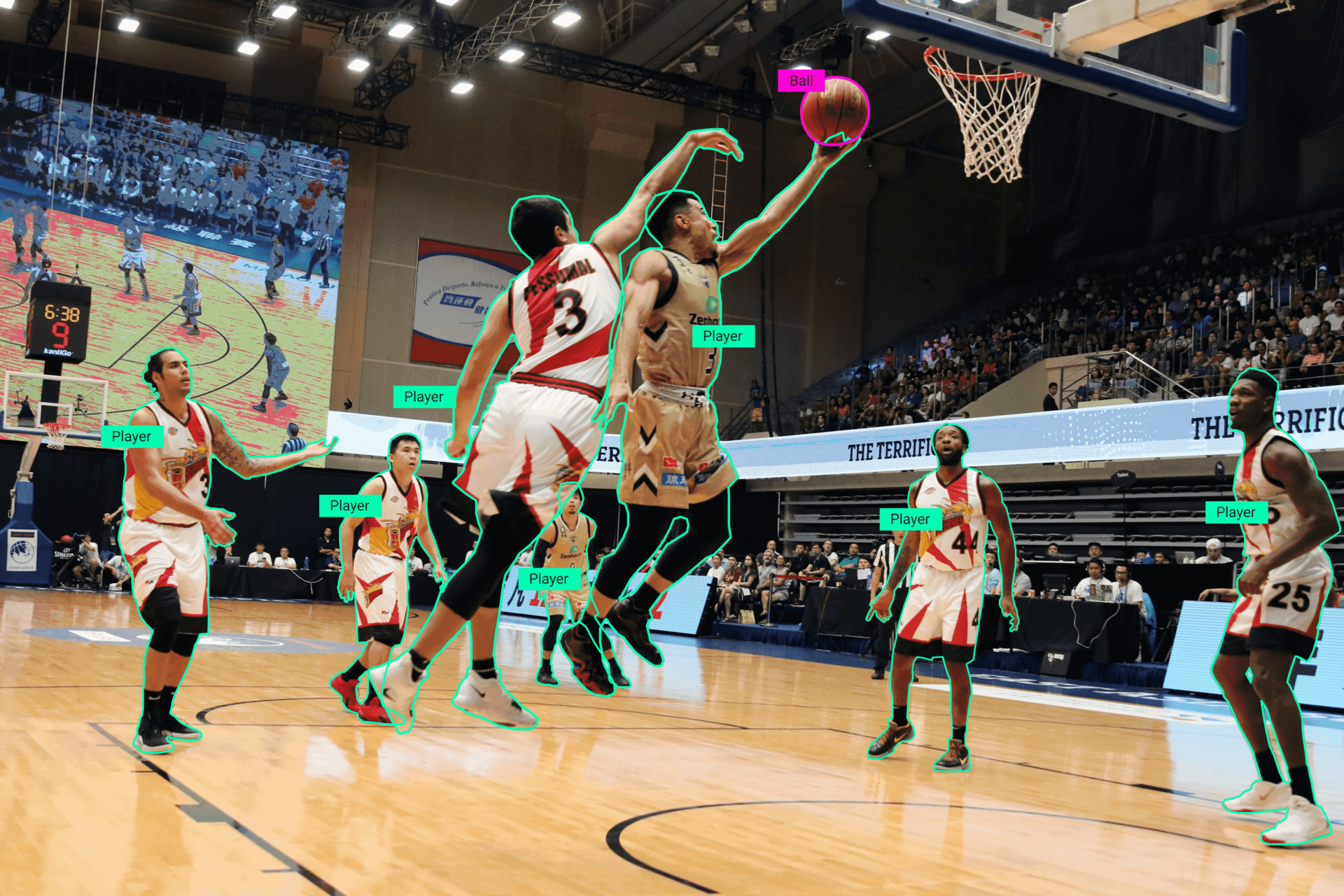Using AI to Enhance the Gaming Experience
Artificial intelligence technologies have become an integral part of the video game industry. Since its users have always wanted to see a strong and reasonable opponent in the face of the computer, this problem can be solved by endowing gaming characters with intellectual abilities similar to those possessed by humans. In other words, it is necessary to use specialized gaming artificial intelligence systems. In this article, we will talk about how AI is being used in video games to enhance the gaming experience.

Creating Life-Like Characters
Thanks to AI, the characters in video games are more life-like than ever before. One of the techniques often used to create video game characters is motion capture but this is a very time-consuming and costly process. Instead, it would be much more efficient to take video from a football match and annotate it to train the machine learning algorithms.
So what are some of the data annotation processes required for such a project? Well, one of the biggest techniques used here is called motion sequence segmentation. In general, human motion data often comprises of multiple actions in a sequence, and temporal segmentation of a human sequence into plausible motion primitives is of crucial importance to complex motion annotation. The data annotators would need to identify the independently moving objects (pixels) in the video and separate them from the background motion.
In addition to this, landmark annotation may be required as well to enable the characters to have human-like facial expressions. This involves placing key points along the area of interest to precisely track eye movements and other facial features.

Making the Game More Challenging
Companies like DeepMind, Facebook’s AI research division, and other AI outfits around the world, are hard at work teaching software how to play ever-more-sophisticated video games. The goal here is to use video games as a benchmark for the level of intelligence of a particular piece of software. Also, virtual worlds are great training grounds for artificial intelligence since they operate under strict rules and rewards systems. The hope is that by teaching this software to play games, human researchers can understand how to train machines to perform more complicated tasks in the future.
Interacting With the Gameplay
Today, most boundary-pushing video games utilize the emergent gameplay technique where the game mechanics are designed to change according to the player’s actions. This kind of AI, which aims to build a sense of realism but doesn’t result in game-breaking outcomes, is the kind of immersive world-building that most developers are trying to achieve, regardless of how intelligent the pieces really are. Even though players would like the video game to be as realistic as possible, there still needs to be a balance between the human and superhuman capabilities of AI. The reason for this is that there is a sense of building trust between the player and the game to make them believe in it.
Therefore, if you are asking the player to engage in the world you have created and become an actor in it, AI cannot become too dominant. The goal is not to achieve some unprecedented level of human-like intelligence but to create an experience or a world that engages and stimulates players in ways only the real world used to be capable of. We need to keep in mind that simply creating the software is only half the battle. The other half is psychology or how people react to AI.
Video Games Will Become Simpler to Create
As AI technology advances, expect it to take on a more of a collaborative role alongside human video game creators helping designers and developers create art assets, design levels, and even build entire games from the ground up. This includes things like items to include in a particular scene, rules that need to be changed, levels you can design, and many other things. The result of such tools would be that smaller teams could make much bigger and more sophisticated games. Larger companies could go even further and craft open-world environments and create simulations and systems that come closer to achieving the complexity of the real world.
Mindy Support Can Help You With Data Annotation Aspect of Video Game Design
As we mentioned earlier, creating life-like characters requires a significant amount of data annotation, which is too time-consuming to perform in-house. A much better solution would be to outsource such work to Mindy Support. We currently have 2,000 employees all over Ukraine and in other geographies globally to cover all required language skills. Our size and location allow us to source and recruit candidates quickly and we will be able to scale your team without sacrificing the quality of the annotation work. Contact us today to learn more about how we can help you.





